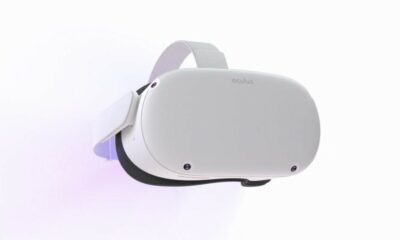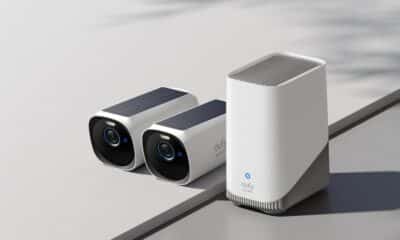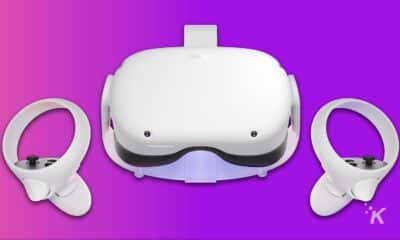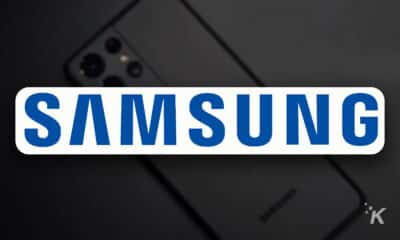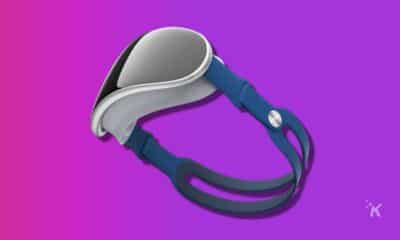Gadgets
How to tell if your USB is weaponized
USB drives are frequent targets of hackers. Here are some ways to tell if a malicious party has targeted your USB device.
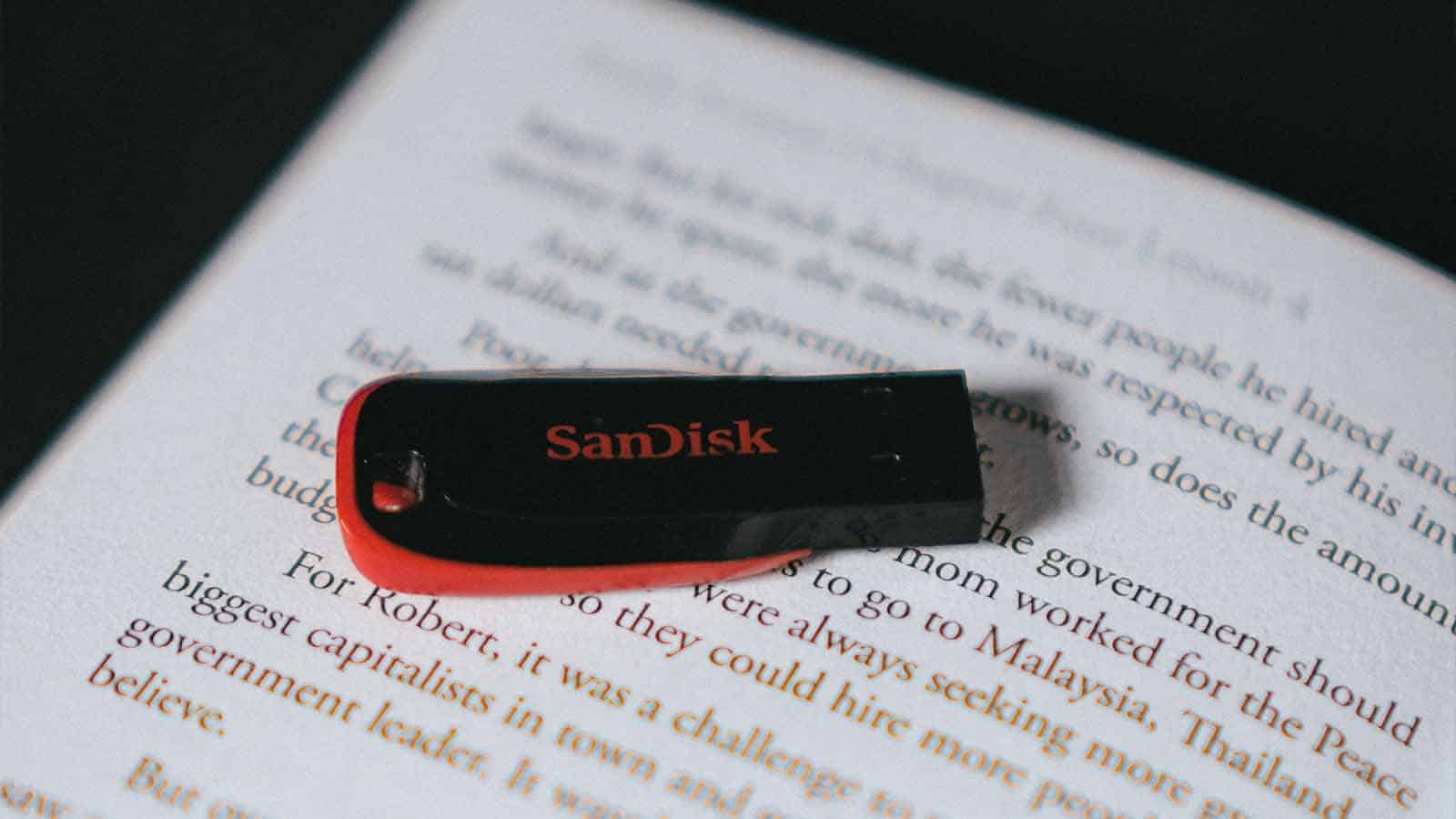
USB drives are incredibly convenient and widely used.
Unfortunately, that means some cybercriminals capitalize on their popularity and weaponize them as attack methods.
Here are some ways to tell if a malicious party has targeted your USB.
The device behaves differently when you plug it in
One of the surest signs that all is not well with your USB is if it does something strange after you start using it.
Perhaps the USB device icon on your desktop is now a folder rather than the USB icon you expect. Maybe it has no icon, and you only see the drive’s name.
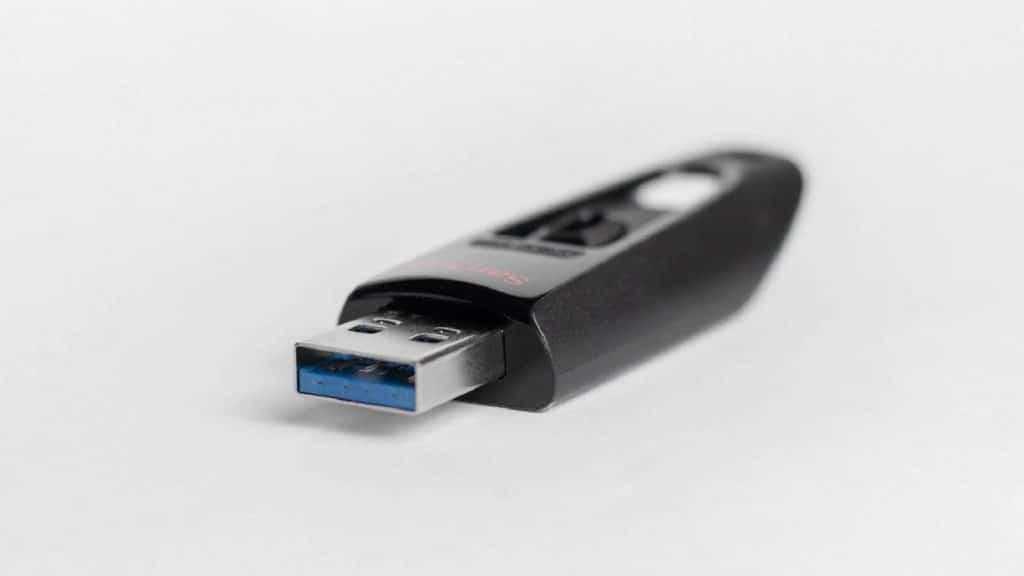
You might see a few extra options on the right-click menu or notice that certain menu choices you recently used without fail don’t work when you click them.
The strangeness may continue when you try to access specific files. Maybe you want to access a Microsoft Word file on a PC with the latest word-processing program.
Even so, you’ll see the “Open With” window on your screen, prompting you to choose a program that can handle the file.
That’s a warning sign that the Word file may be in a different format than you expect, suggesting that a hacker tampered with it manually or with malware.
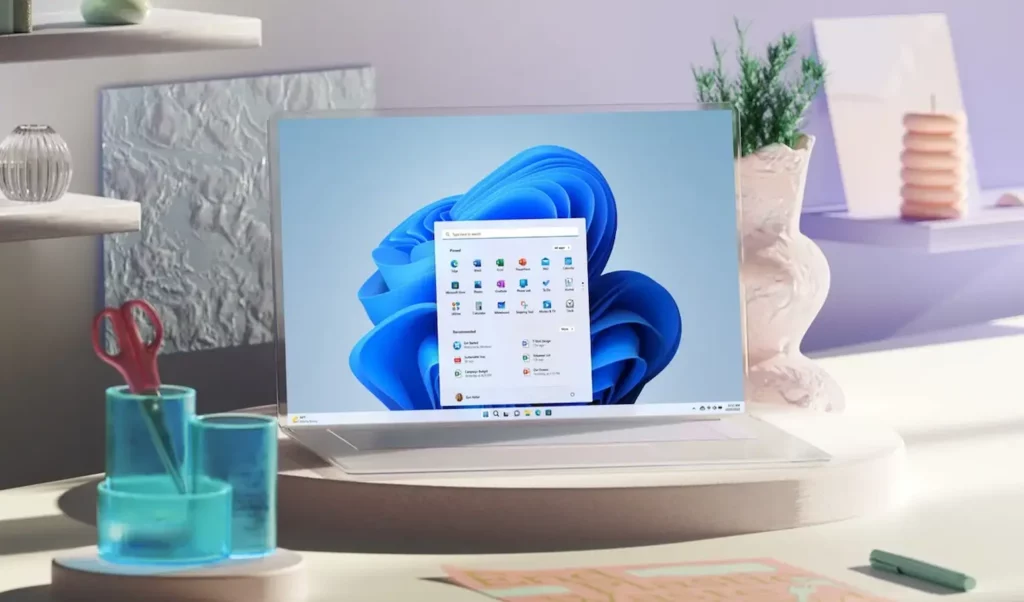
One type of USB-distributed malware causes Windows Security boxes to briefly appear on the screen before going away.
That’s because the associated malware can only work with certain security settings disabled.
Try to remain familiar with the normal behaviors of your device. If it starts performing differently due to possible weaponization, you’ll catch on quickly and have the best chance of mitigating the problem.
You see a ransomware message
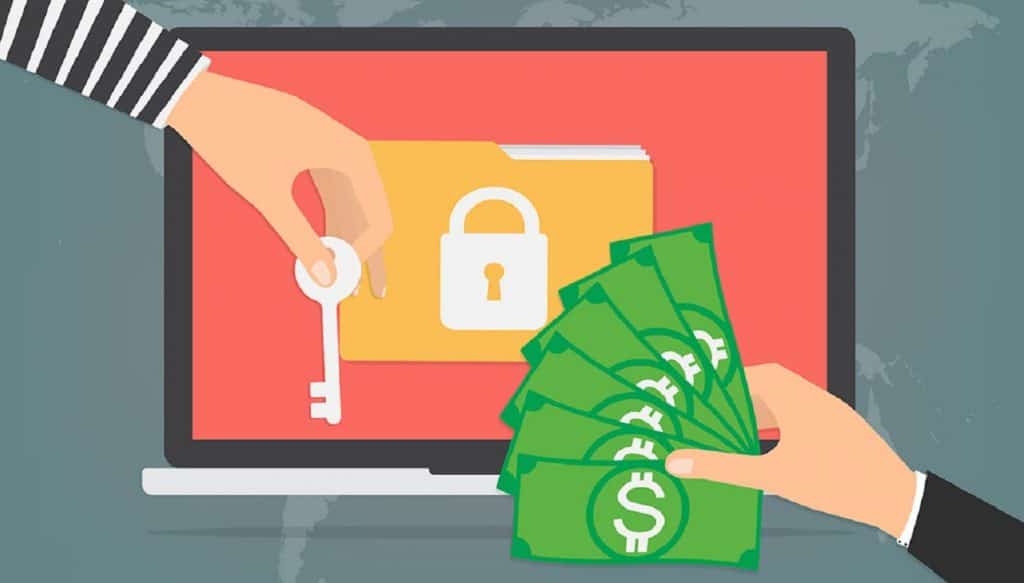
Cybercriminals sometimes rely on USB drives to spread ransomware. Malware locks down files until you pay a requested amount of money.
The trouble is that payment is no guarantee of regaining access to the files. Sometimes, hackers receive money from their victims but keep the files inaccessible.
In early 2022, the FBI sent a security warning informing organizations of a known scheme whereby cybercriminals distributed ransomware on USB drives sent through the mail.
The parties investigating the issue said the perpetrators impersonated federal organizations and even Amazon, all attempting to get victims to use the USB drives on their computers.
Ransomware messages are typically straightforward, leaving no doubt that you have an infected system and must pay to resolve the issue.
The perpetrators often insist on people paying the ransom with cryptocurrency because such transactions are harder to trace.
The USB started working differently after you used a shared machine
Online learning programs and resources have forever changed education for the better. They share a characteristic with USBs in that they make materials more accessible.
People taking an online program can usually pull up the course content from anywhere. Similarly, a USB drive allows a person to plug the device into any computer and see the files on that machine.
However, using a USB across multiple machines is a risk factor, particularly if those other machines don’t have updated antivirus software. Experts mention that provenance helps keep USB devices safe.
In other words, one of the safest ways to use them is only on your personal computers or those you know have tight virus defenses.
Your computer starts acting strangely

One of the reasons why hackers like orchestrating USB drive attacks is that they can often do damage before people know something’s wrong.
All a targeted person needs to do is plug an infected device into their computer. Then, malware installations begin automatically.
That’s why you might not immediately notice something wrong when using the USB drive.
The issues may start hours or even days later once the malware has altered settings on your machine and thoroughly infected it.
Learn about some of the most common symptoms of a malware infection. Then, realize they may happen after you use a compromised USB device on the machine.
You may see random windows appearing on the screen or notice intrusive ads you can’t close.
The computer might start running slowly, or you could notice that your browser automatically redirects when you try to visit familiar sites, such as Google.
Handle USB drives with care
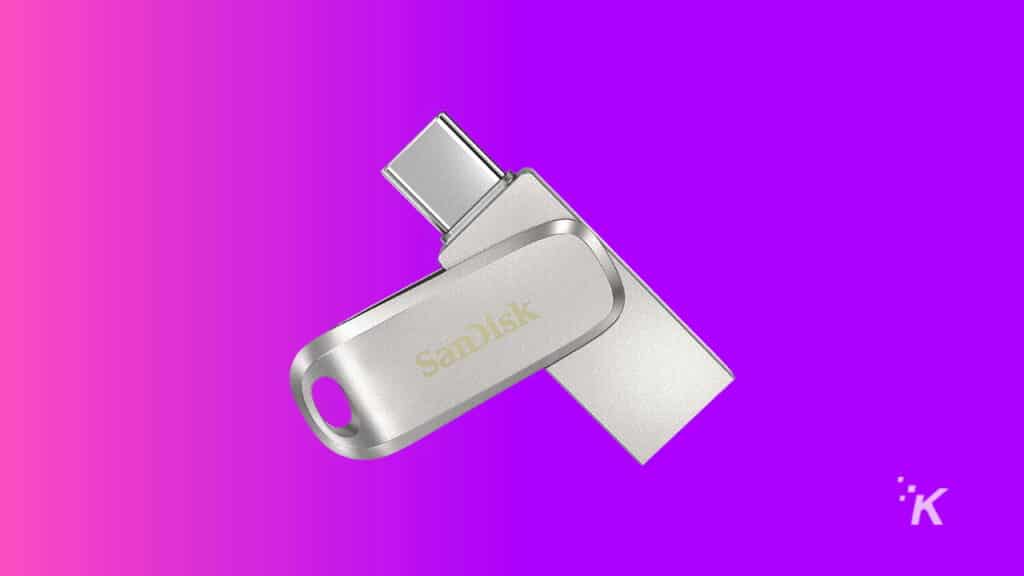
USB drives are frequent targets of hackers. However, you can make yourself less vulnerable to cybersecurity issues by thinking carefully about how you use them.
For example, only plug the devices into computers you know and trust. Never plug a USB drive into your computer if you unexpectedly receive one in the mail.
The same goes if you find one randomly lying on the ground in a highly trafficked area, such as a parking lot.
These are some straightforward preventive measures that can stop the worst from happening.
Curiosity might nearly get the best of you when you find a USB drive unexpectedly, but using it with your machine could prove a massive mistake.
Have any thoughts on this? Carry the discussion over to our Twitter or Facebook.
Editors’ Recommendations:
- Why backups should be a part of your ransomware protection strategy
- Why we fear ransomware attacks
- Did you know Windows 10 comes with ransomware protection? Here’s how to use it
- How to prevent viruses and malware from entering your computer


















